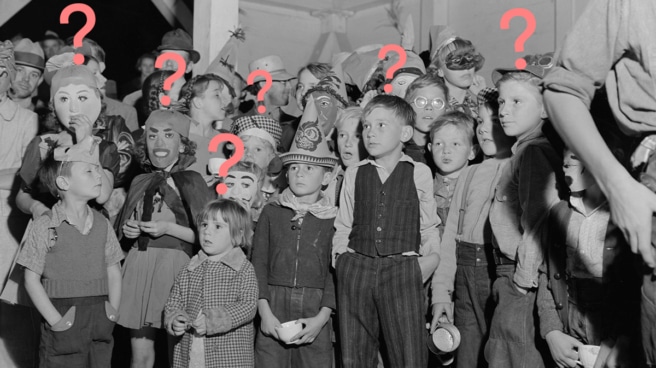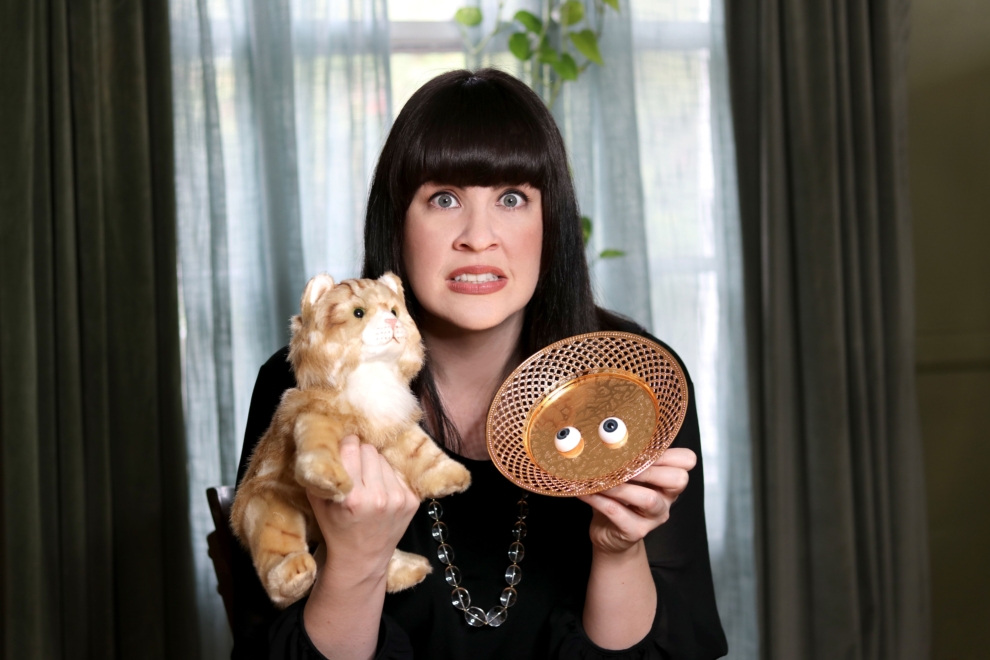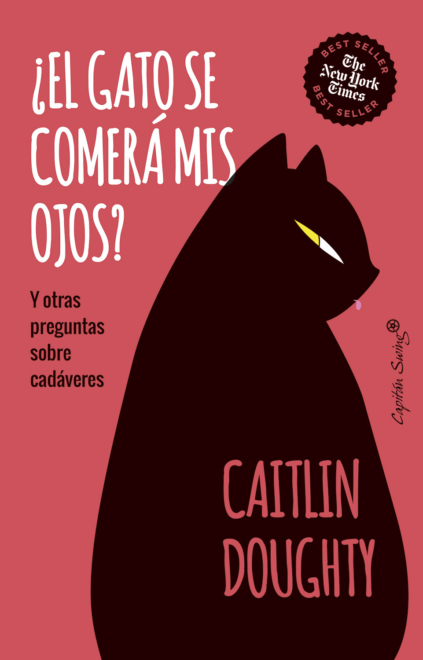

From the age of eight or nine, children begin to think about death in the first person. They begin to fear this, realize that they are not going to live forever, and questions begin. Caitlin Marie Doughty (Hawaii, 1984), a funeral home company director who is very active both on social media and with lectures on the topic in different countries, has been receiving questions from children (and adults) for years about what is happening, how it is happening . happens because. They are by no means unpleasant, although very clear and most respond to interest in basic aspects that they do not dare ask about at home.
“Before I started giving lectures and answering public doubts, I assumed that children would have innocent, pure and unblemished questions,” he says in the book’s introduction. Will the cat eat my eyes?, which Captain Swing is now publishing in Spain, and continues to admit his mistake. “Young people were bolder and almost always more intuitive than adults. They wondered about the eternal soul of their dead parrot, but what really interested them was the speed at which it was rotting inside their shoebox. the foot of the maple,” he writes in the prologue.

Learning about death can be fun
For this reason, in connection with the interest which her doubts aroused in her, she has collected in this book the thirty-five that most attracted her attention, and answers them scientifically and objectively, although always with a certain delicacy and some delicacy. great sense of humor. “We can’t make death fun, but we can make the study of death fun. Death is science and history, art and literature. This is a bridge that unites all civilizations and humanity as a whole! Many “People, myself included, believe that we can control some of our fears by accepting death, learning about it, and asking as many questions as possible,” he says.
“It is very difficult to obtain legal permission to display a family member’s skeleton, and a skull is not a Halloween decoration.”
And he begins to answer. From “Can I Keep My Parents’ Skull When They Die?” to “When I die, will I still poop?” passing by a boy who went to see “a show where skinless corpses played football” and asked him if he could continue playing when he died. “You’d be surprised (or maybe not) how many times I get asked this question,” he writes about the possibility of preserving his parents’ skull. “People can decide what happens to their body after they die. So, in theory, your parents could write a letter, signed and dated, explicitly stating that they want you to keep their skull when they die.” – he continues, but adds. that “it is very difficult to obtain legal permission to display a relative’s skeleton” and ultimately tries to dispel the idea by telling them that “these are not Halloween decorations.”
In addition, after his death it would be possible to continue playing football if he donated his body to the Body Worlds association, which is responsible for this kind of show to make people better aware of the human body, and to which 18,000 bodies have already been donated. , the majority are Germans. “A woman asked that her body be shown in a pose as she dives for a game of volleyball. All bodies on display are anonymized, so no one can search for a specific person’s body like, ‘Is this the body?’ that Jake does.” air guitar?'”, Add.
Die with a stupid face
And to answer the question, “If I look stupid when I die, will I stay that way forever?”, we don’t have to worry because the funeral home will make sure that doesn’t happen. “Even if you looked stupid when you died, during primary sagging, your facial muscles relax along with everything else. Your jaw and eyelids open and your joints become loose,” he explains.

Moreover, another child asked him what would happen if he drank a bag of corn kernels before dying and then was cremated. Doughty comments in the book that this is a fairly common question, as a meme of a corpse being full of popcorn has gone viral. “One bag of microwaved corn won’t cause a popcorn tsunami like when the fun kids pour soap into the school fountains and the playground fills with foam. According to my calculations, you will have to swallow at least five kilograms of corn. corn kernels, corn to create a popcorn wave that attracts attention,” he replies.
And some more gloomy ones appear, like “what do the dead smell like?” “Let’s see, first you need to indicate how dead. If a person has just died, they will smell roughly the same as they smelled when they were alive. they were showered and perfumed. Did they really die after a long illness, in a moldy hospital room? Then it will smell like disease and a moldy hospital,” he explains and assures that only after a few days the bodies begin to smell bad.
“Be glad you didn’t end up in an anatomy room two hundred years ago. Medical students performing autopsies, in an attempt to learn the secrets of human anatomy, spoke of “rotten corpses” and “putrefactive infestations.” What is this? Worse, the corpses were stored in unrefrigerated rooms, piled up like piles of firewood. Those responsible for moving the bodies saw rats “in the corner gnawing on bloody vertebrae” and flocks of birds flying in “to fight over the remains. ” It might even have happened that the youngest students were sleeping in the next room. room,” he tells her.
This is how he answers these and many other questions that have come to him over the years, and warns parents that teaching children about death is as important as sex education, so that they are less afraid of it and understand it better.
Source: El Independiente